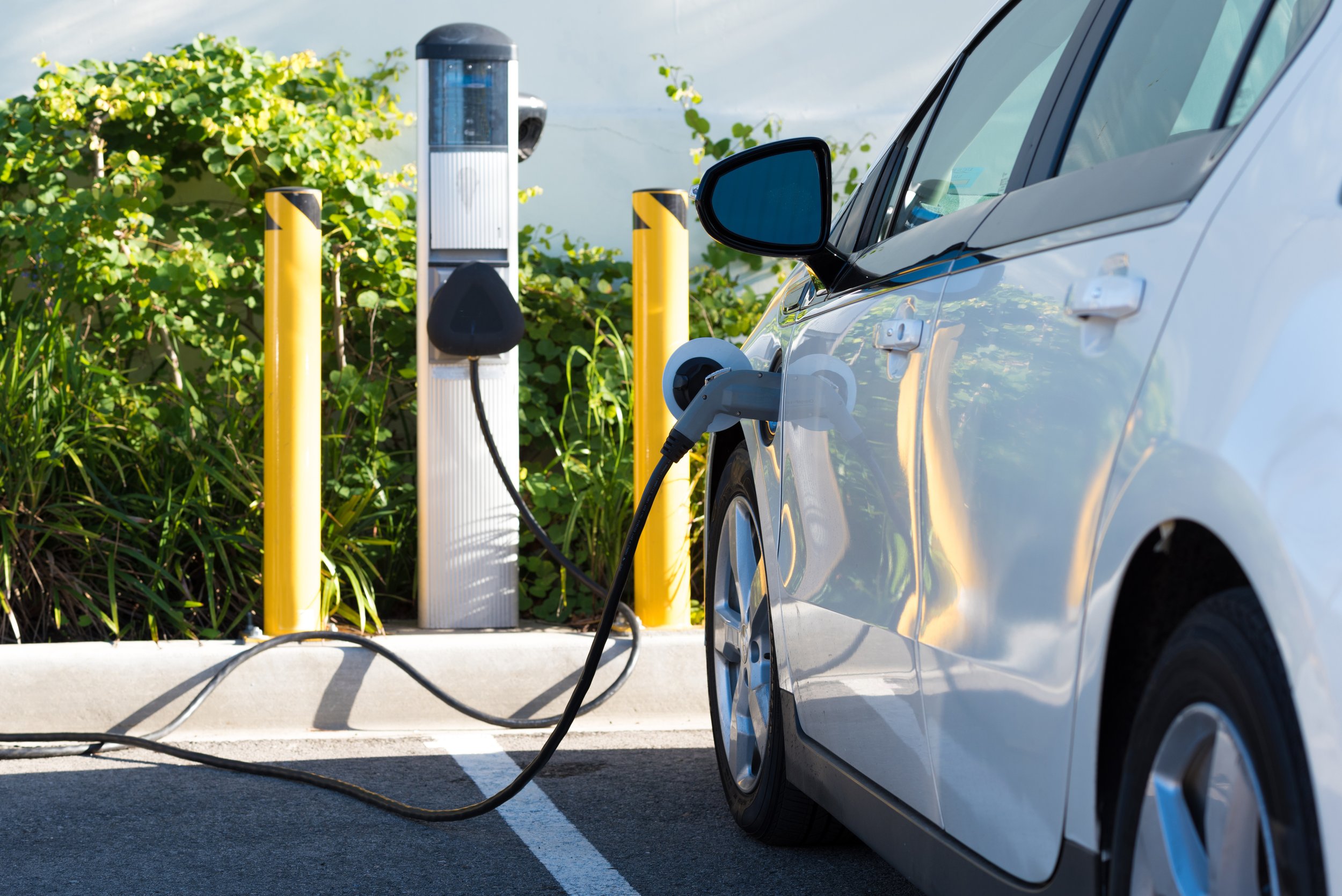Maryland Becomes First to Adopt Comprehensive Vehicle-to-Grid (V2G) Interconnection Rules
By Zach Woogen, Executive Director
The Vehicle-Grid Integration Council (VGIC) applauds the Maryland Public Service Commission (PSC) for its unanimous vote to adopt the nation’s first comprehensive suite of Vehicle-to-Grid (V2G) Interconnection Rules for both V2G DC and AC systems. Updated in the Code of Maryland Regulations (COMAR) 20.50, the guidelines now include the following key provisions:
All V2G DC systems (i.e., systems with a stationary inverter) are subject to the existing rules for stationary energy storage. This is consistent with treatment of V2G DC systems in California’s Rule 21, Massachusetts, New York, Colorado, and other states.
All V2G AC systems (i.e., systems where the inverter capabilities are onboard the vehicle) can seek interconnection with the utility under one of two pathways. This is a major step forward for the V2G industry, as it allows products to move through either certification process with the certainty that whichever pathway is chosen will be accepted onto the utility grid as a safe, reliable customer-sited energy resource.
Option 1: Charger certified to UL 1741 SC and paired with a vehicle designed to the SAE J3072 standard.
Option 2: Charger and vehicle certified to UL 1741 SB as a composite Distributed Energy Resources (DER) system.
Defines a V2G System. Notably, these rules do not include the term “V2G-Capable Electric Vehicle (EV)” or “V2G-Capable Electric Vehicle Supply Equipment (EVSE)”. If these terms were used, it could inadvertently require all vehicles capable of bidirectional charging, including all Nissan LEAF, Ford F-150 Lightning Electric, nearly every Chevrolet, Cadillac, and GMC battery EV, Tesla Cybertruck, and many more, to request a utility interconnection agreement regardless of whether a customer has made any investments or plans to use their system in bidirectional mode when operating in parallel to the grid.
Applies Appropriate Treatment to Backup-Only Systems. Following the long-standing norm for integrated backup generators and the explicit guidance in California and Michigan for certain bidirectional charging systems, these rules ensure that bidirectional charging systems used in bidirectional mode only when islanded from the grid (e.g., for backup power) are not errantly routed through a lengthy interconnection study process. Instead, customers using bidirectional charging systems in this manner need to notify the utility of the existence and location of these backup power systems. Meanwhile, customers using their charging systems in bidirectional mode when operating in parallel with the grid must move through the utility interconnection process to ensure safe and reliable grid operation.
Similarly, bidirectional charging systems may be installed and operate in load-only mode until such time that a customer wishes to enable grid-parallel bidirectional charging operation, at which point the customer must first request utility interconnection. This is a critical component of the new rules, as it allows customers to install and use future-proofed charging stations even before a V2G program or rate is established. For example, school bus operators can electrify their fleets with bidirectional charging equipment and transport students without having to wait for a bidirectional charging system to move through an often lengthy interconnection process.
Maryland’s new V2G interconnection rules will officially go into effect on July 7, 2025. VGIC is actively engaged in similar efforts in California and Nevada and looks forward to continued engagement on V2G interconnection in its core states, which include New York, Massachusetts, Colorado, Texas, Illinois, and Michigan.
All Eyes Turn to Maryland Utilities to Propose Compelling V2G Rates…
Maryland’s new interconnection rules stem from the state’s Distributed Renewable Integration and Vehicle Electrification (DRIVE) Act (H.B. 1256), which Governor Moore signed into law in May 2024 and when into effect in October 2024. The law also directs the utilities to propose compensation mechanisms for DERs, including V2G systems. With the utilities set to file applications with the Commission on June 30, 2025, VGIC eagerly awaits to see what is ultimately proposed. Will Maryland utilities follow New England’s Connected Solutions model, which offers a simple, bring-your-own-device summer demand response program? Or will the California utilities’ complex new real-time pricing model influence the upcoming utility proposals? With increased capacity constraints and resulting reliability needs from the bulk system to the distribution circuit level, VGIC believes the full value stack of avoided costs must be reflected in whatever mix of rates and programs are made available to compensate V2G customers.
And to Industry to Develop, Test, and Launch Products
Maryland’s new V2G interconnection rule is huge news for those developing bidirectional charging systems, including automotive original equipment manufacturers (OEMs) and charging manufacturers. In particular, those organizations working toward scalable V2G AC systems, wherein the inverter functions are onboard the vehicle, are given a clear signal to proceed in developing systems that work best for their respective business models. This type of regulatory certainty that provides options for a relatively nascent corner of the industry is a major accomplishment. The race is now on for technology providers to develop, test, and deploy these systems to ensure customers can leverage their EV batteries for more than just mobility.
A Master Class in Thoughtful, Efficient VGI Policy Development
VGIC commends the Maryland PSC and, in particular, its dedicated staff for shepherding a fair, accessible, focused, and efficient stakeholder process. In developing and adopting these guidelines, the Maryland PSC and its staff struck a reasonable balance between encouraging diverse stakeholder engagement and maintaining momentum toward its goals. This should serve as a clear signal to other jurisdictions: supporting the Vehicle-Grid Integration (VGI) market need not overwhelm parallel Commission or utility efforts related to EVs or DERs, nor is protracted, years-long “analysis paralysis” a necessary step of the policy making process.
Maryland’s advancements in V2G over only one year, with more significant developments still to come, provides a laudable case study that should be replicated closely by other states. For now, Maryland holds the crown for V2G and the value it promises in the fight for lower bills and a more reliable, secure, and resilient grid.

